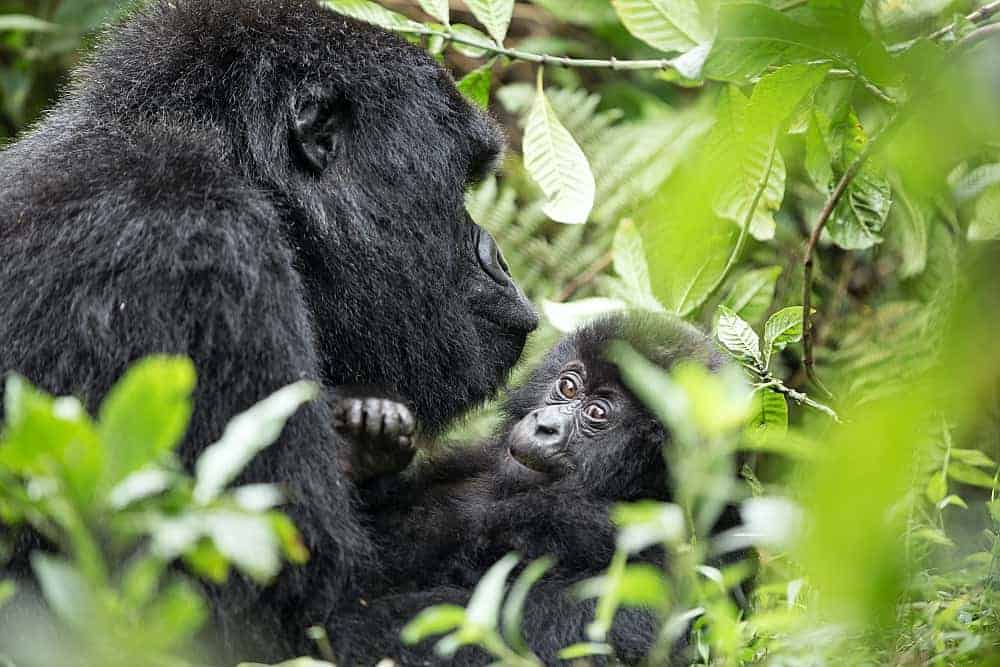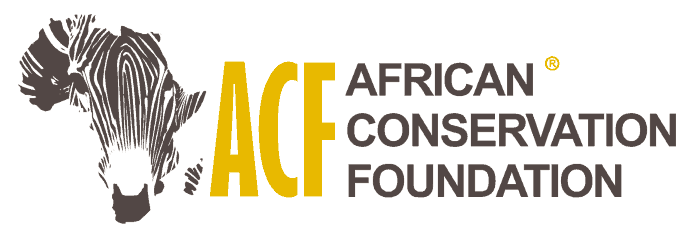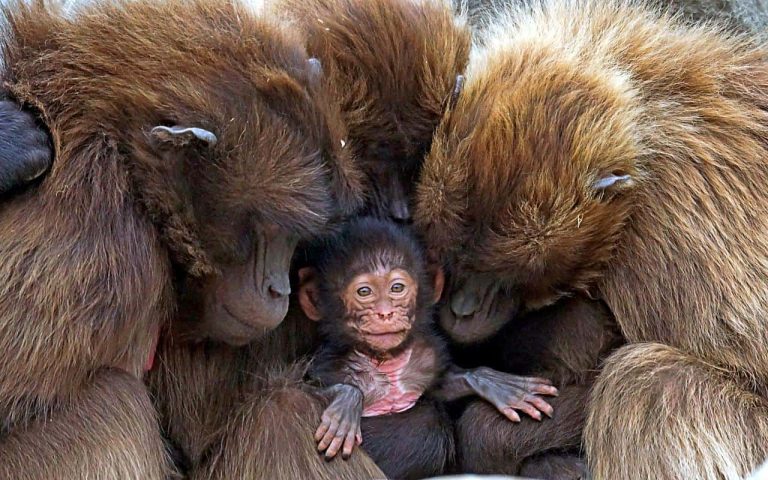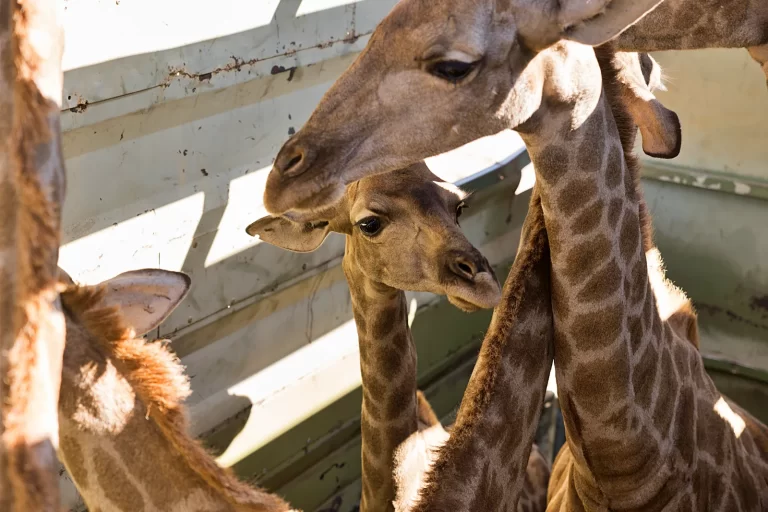Global Mountain Gorilla Population Count Grows to 1,063

Uganda’s Ministry of Tourism Wildlife and Antiquities and the Greater Virunga Transboundary Collaboration reveal that the number of mountain gorillas (Gorilla beringei beringei) in the 340-square kilometer transboundary protected forest have increased to 459 from an estimated 400 in 2011
This announcement brings the global wild population of mountain gorillas to 1,063 when combined with the published results from the Virunga Massif 2015/2016 survey. Bwindi – Sarambwe is one of the two places on earth where mountain gorillas can still be found.
“Slowly but surely a solid future for mountain gorillas is emerging, proving that long-term, collaborative conservation efforts can pull species back from the brink of extinction. This was demonstrated last year with the IUCN reclassification from Critically Endangered to Endangered,” said Anna Behm Masozera, Director of the International Gorilla Conservation Program (IGCP), which provided technical and financial support to the exercise under an agreement with the intergovernmental Greater Virunga Transboundary Collaboration.
She continued, “While the IGCP coalition celebrates these results, mountain gorillas still face many threats and as a subspecies will always need to be carefully protected and their habitat and tourism well managed. We cannot be complacent, but we can take a moment to acknowledge the efforts and results of the latest census and recognize how far we have come.”
The survey findings also indicated that the threat of illegal human activities to mountain gorillas and other wildlife has not declined in Bwindi-Sarambwe since 2011, despite the positive developments in community engagement, in conservation and tourism initiatives. For instance, survey teams found and destroyed 88 snares during the course of their work.
“It’s remarkable to see that the positive trend for mountain gorillas continues since it was once thought the species might be extinct by the end of the twentieth century,” said Bas Huijbregts, African Species Director, World Wildlife Fund (WWF). “The future for mountain gorillas looks hopeful, but the threats they have endured for years, like civil unrest, poaching, habitat destruction, disease and improper management of tourism, remain. Effective long-term conservation efforts have helped both the Virunga and Bwindi populations increase, and sustaining this incredible result will be contingent on sustaining those efforts.”
The exercise involved more than 75 trained survey members from thirteen participating institutions along with the support of local governments and communities living around the protected areas. Survey teams walked pre-determined “recces” (reconnaissance trails) ensuring a thorough coverage of all forest areas to sweep the Bwindi-Sarambwe and search for signs of gorillas, other key mammals, and human activities. When fresh gorilla signs were detected, the teams followed the gorilla trail to locate three recent night nest sites. At each of these nest sites, the teams collected fecal samples from nests.
The process was completed twice; first from March to May 2018 (62 days), and second from October to December 2018 (60 days). A second sweep helps find gorillas that were undetected during the first sweep and thus provides more reliable numbers of gorillas. Fecal samples were analyzed genetically to determine individual genotypes. Additional scientific publications are expected from the survey.
The survey provides valuable information for the continued monitoring of wildlife populations that depend on the Bwindi-Sarambwe forest ecosystem, as well as the human communities that rely on ecosystem services, tourism benefits and revenue.
IGCP is a coalition program of Conservation International, Fauna & Flora International and WWF with a mission to secure the future for mountain gorillas. IGCP achieves this through working in partnership with State and non-State actors in the Democratic Republic of Congo, Rwanda, and Uganda.






